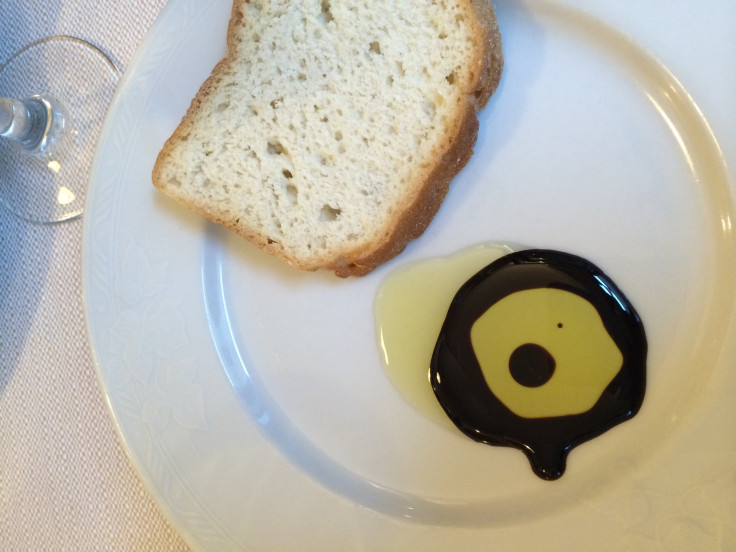Gluten-Free Labeling Must Now Conform To FDA Standards

"Gluten-free" finally must mean something, as new U.S. Food and Drug Administration regulations about the label officially kick in Tuesday.
For years the term "gluten-free" has existed in an unregulated space, allowing companies to sell products so labeled without being accountable for the foods' cereal grain ingredients. But the FDA announced a new rule last year that requires that any product bearing the label contain fewer than 20 parts per million of gluten, which it says is the lowest that can be "reliably detected in foods." That rule went into effect Tuesday.
"FDA’s new regulation for gluten-free food labeling standardizes what 'gluten-free' means on the food label," the agency announced Tuesday. "FDA has set a gluten limit of less than 20 parts per million for foods that carry the label 'gluten-free,' 'no gluten,' 'free of gluten,' or 'without gluten.'"
For many people, going "gluten-free" is just one more option in the ever-growing list of fad diets and health crazes. But for people with celiac disease, avoiding gluten means the difference between health and sickness.
Eating gluten -- a protein found in a number of grains including rye, wheat and barley that gives dough its elasticity -- can cause symptoms ranging from abdominal pain and diarrhea to rashes and fatigue in celiac sufferers.
Requiring manufacturers to label all products that contain significant amounts of gluten will help people with celiac disease differentiate among the wide range of food choices on the market, and the FDA hopes the new labeling requirements will reduce the incidence of negative reactions and sickness caused by inadvertent gluten consumption by people with celiac disease.
For many years, only celiac sufferers tended to even be aware of what gluten is, and many of them were undiagnosed due to low awareness of the disease. More than 3 million Americans abstain from gluten today, but Daniel Leffler, director of Research at the Celiac Center at Beth Israel Deaconess Medical Center Boston, says that only 10 percent of them are actually diagnosed celiacs.
© Copyright IBTimes 2024. All rights reserved.





















